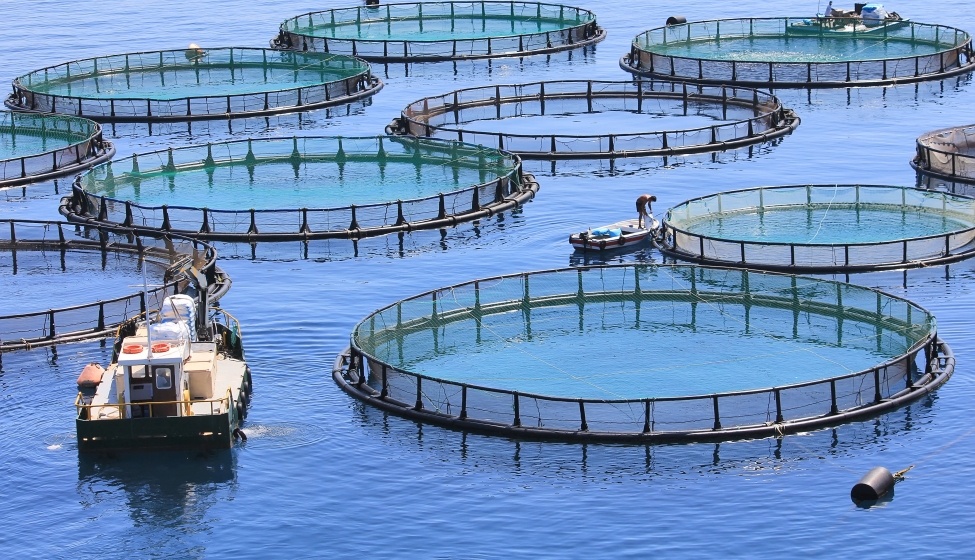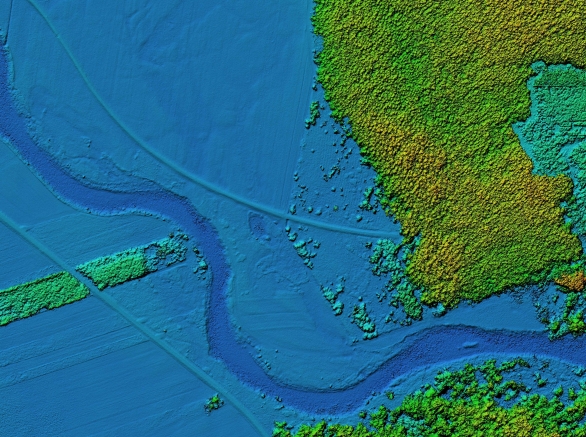August 8, 2023
Rigorously documented ecosystem services offer a path through complex regulatory challenges
Aquaculture dates back 4,000 years, but modern ponds, floating cages, recirculating fish farms, and seafloor seeding are the future of cultivated food. With the potential to help ease global food insecurity, create economic opportunities, and recover various species and their habitats, commercial aquaculture operations have rapidly scaled globally, now roughly equal to captured fish and outpacing beef production.
Aquaculture markets are expected to keep growing. However, as production matures across Asia and Europe, the Food and Agricultural Organization of the United Nations projects a slowdown, citing stricter environmental regulations and spreading concerns over sustainable practices and the health of farmed fish populations. Globally, commercial fish farming is likely to become more competitive and regulated as commercial operators seek new waters and consumers demand increased transparency into farming practices.
Challenges and opportunities for the U.S.
In the U.S. — which the National Oceanic and Atmospheric Administration describes as having "substantial untapped potential to increase aquaculture production" — the journey to production is particularly onerous: a complex regulatory environment coupled with industry criticism and consumer scrutiny of environmental issues. Research suggests about half of American seafood consumers want to know how their fish is produced and are willing to pay more for certified products; nearly 70% also want sustainability claims to be independently verified.
"Ecosystem services" are what the aquaculture industry calls the benefits (or harms) a farm exchanges with its surroundings.
For commercial fish farms, the challenge is manifold: how to overcome financing and permitting hurdles as well as obtain lauded sustainability certifications that enable premium selling points. Companies must also be mindful that certified seafood products and higher price points come with stricter accountability for farming practices and greater legal risks. If challenged on the veracity or accuracy of their sustainability claims, aquaculture farms can find themselves facing steep litigation costs as well as reputational damage.
Although there is no one-size-fits-all answer, an aquaculture farm's ability to account for its ecosystem services offers an effective — and holistic approach — that can support a new or existing commercial venture on multiple fronts, whether seeking to unlock operational barriers, capture market share, or communicate transparently with consumers.
To secure financing in any context, aquaculture projects that can make the strongest, most thorough case for their use and production of ecosystem services stand the best chance.
Turning the tide on aquaculture with ecosystem services assessments
"Ecosystem services" are what the aquaculture industry calls the benefits (or harms) a farm exchanges with its surroundings. For example, crops like shellfish and seaweed can improve water quality around farm sites while the farms themselves can provide beneficial habitats for wild fish and crustacean populations. In contrast, certain types of commercial aquaculture farms can pose adverse effects, such as through the escape of farmed fish, the spread of marine diseases, and the unmanaged pollution of aquatic ecosystems from inputs such as antibiotics, pesticides, fungicides, algaecides, nutrients, and other waste.
Substantiating the ecosystem services used by an individual farm is critical to advancing operations — but it must be done at the right level of detail to support a new venture across the value chain, from financing to regulatory and permitting approvals to responding to potential post-market claims. Here, we look at how forward-minded farms can leverage a full accounting of their ecosystem services to address those challenges.
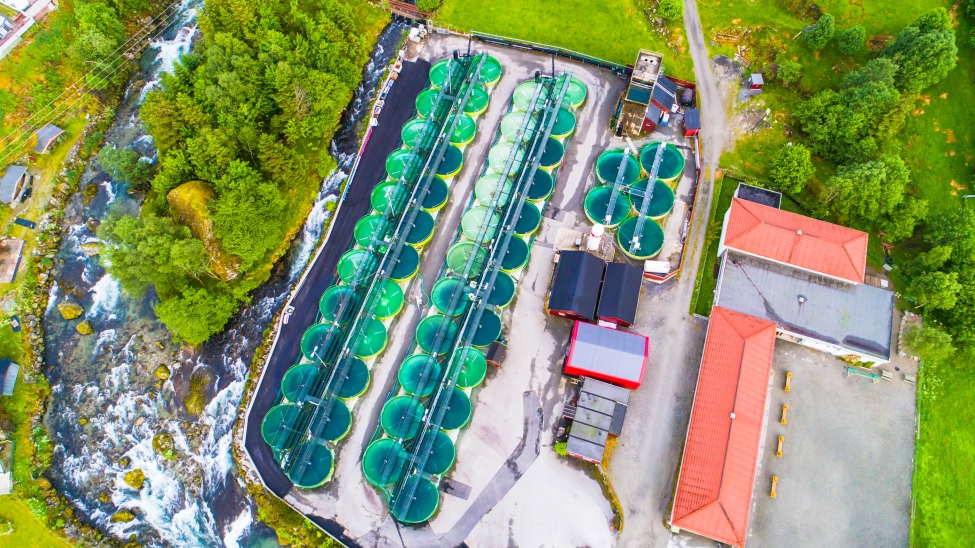
Aquaculture financing
In the U.S., different organizations and institutions provide financial support for aquaculture. These include NOAA, the Department of Agriculture, states, universities, industry partners, and venture capital firms.
To secure financing in any context, aquaculture projects that can make the strongest, most thorough case for their use and production of ecosystem services stand the best chance. This can include demonstrating (and later, marketing to consumers) that your farm provides key benefits — such as ongoing reductions in juvenile feedstock, antibiotics, and water discharges — and performs valued services — such as carbon sequestration or improving water quality.
Investors are likely to seek reporting that takes a deep view of environmental risks, including water management, sediment contamination, impacts to endangered or threatened species, the potential to introduce invasive ones, the use of veterinary drugs, and more.
For emerging aquaculture niches, such as seaweed farming for carbon sequestration, or industry sectors experiencing permitting backlogs, such as shellfish farm leases, aquaculture farms may also need to consider a competitive approach to be properly evaluated. For instance, farmers can document specific expertise in a developing area of aquaculture, sharing lessons learned, and demonstrating how their farm will contribute to industry knowledge and best practices in sustainability.
Aquaculture regulations, permitting hurdles
Currently, a new aquaculture venture in the U.S. is a multiyear undertaking that requires navigating permitting and regulatory approvals across a variety of federal, local, state, and tribal authorities, with specific requirements and environmental regulations for the proposed aquaculture environment (inland, wetland, coastal, and offshore).
At the federal level aquaculture activities may fall under multiple major environmental statutes including the National Environmental Protection Act, the Clean Water Act, the Endangered Species Act, and the Magnuson-Stevens Fishery Conservation and Management Act. Compliance with these regulations may necessitate consultation and permitting from agencies including NOAA, the Army Corps of Engineers, the Fish and Wildlife Service, the Environmental Protection Agency, and the Food and Drug Administration. State and local regulations may require additional permitting.
Aquaculture stakeholders should be prepared to address complex regulatory requests from a range of state and federal agencies and local communities about the impacts of their operations.
These permitting processes almost universally require an assessment of the risks of the proposed operations to various ecosystem services, such as water quality, other organisms, habitat quantity and quality, and recreational use. Even with expected changes in U.S. aquaculture regulations and market opportunities on the horizon, knowing and documenting the precise, nuanced relationship between an aquaculture operation and its surrounding environment will only grow in importance and value.
Aquaculture sustainability certifications and litigation risks
Aquaculture sustainability certifications have become increasingly valuable designations for commercial fish farms, even if they cannot guarantee protection from potential claims. We are tracking ongoing lawsuits associated with the veracity of claims implied by sustainability labels. Aquaculture and other certification schemes have come under fire for lacking rigor or simply "greenwashing" the industry. A lack of consensus or authority on the definitions of sustainability from environmental and social dimensions has created vulnerabilities.
Litigation in this area is playing out in real time, without reliable indication of what's to come among settlements or narrow decisions in recent cases. Companies can, however, help protect themselves and get ahead of claims by thoroughly understanding and transparently disclosing how their products meet sustainable benchmarks by accounting for ecosystems services.
It's also worth noting that the underlying principles of what constitutes sustainability are evolving too. A widely cited 2020 academic review on this topic found that environmental footprint, data transparency, and management systems of aquaculture projects are common focal points of sustainability certifications, but the large number of certifying bodies and the complexity of standards can create confusion over what farming practices are truly being prioritized. Environmental issues can also downplay the cultural and economic roles that waterways and fisheries play in most communities. This is a complex concern to watch over, as aquaculture expansion in the U.S. is certain to involve balancing the availability of federally controlled waters to private industry.
Looking ahead
Aquaculture stakeholders should be prepared to address complex regulatory requests from a range of state and federal agencies and local communities about the impacts of their operations. Like regulators, local communities may want proof of environmental stewardship and operational processes and how the chosen aquatic environment will both support seafood production and minimize risks to nearby aquatic wildlife. As commercial U.S. aquaculture operations expand and attempt to find solutions to longstanding hurdles, commercial fish farms should be prepared to navigate an uncertain regulatory atmosphere through documenting and quantifying their effects on surrounding environments and ecosystems services.
What Can We Help You Solve?
Exponent has unrivaled expertise in ecosystem services assessments. Our experts are well versed in conducting environmental assessments for veterinary products used in aquaculture as well as for genetically modified organisms. We support clients through all phases of regulatory compliance, including study placement and monitoring, environmental assessments, and regulatory negotiations.
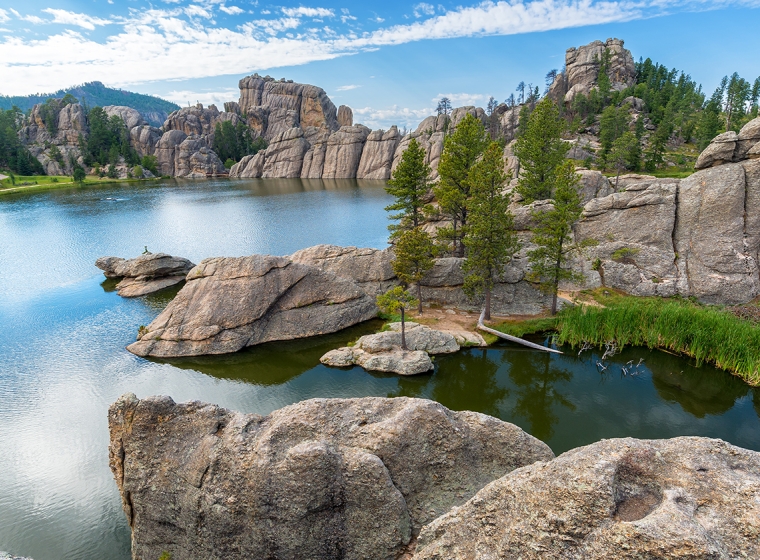
Environmental Permitting
Extensive support for compliance with local, state, and federal permitting requirements.
![[EBS] Ecological & Biological Sciences - Environmental Risk Assessment - grey heron grazing in fresh water](/sites/default/files/styles/cards_home_card/public/media/images/grey-heron-2022-01-04-23-54-37-utc%281%29_0.jpg?itok=9DrVPC-4)
Environmental Risk Assessment
Risk assessments for legacy spills and contamination, potential project and product impacts, and environmental remediation support.
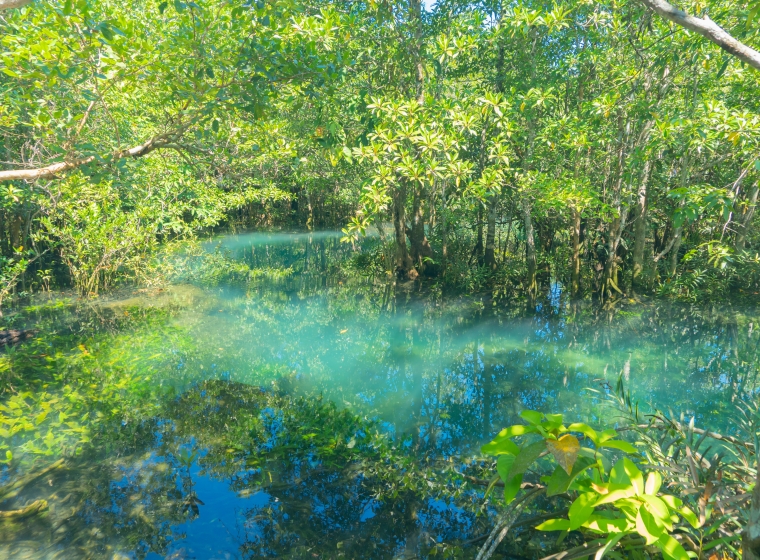
Natural Resource Damage Assessment
Multidisciplinary natural resource damage assessments (NRDAs) to support navigating complex interactions with federal, state, and tribal trustees.

Environmental Risk Assessment for Pharmaceuticals & Veterinary Products
Environmental risk assessments to evaluate fate and transport properties and develop potential exposure scenarios.
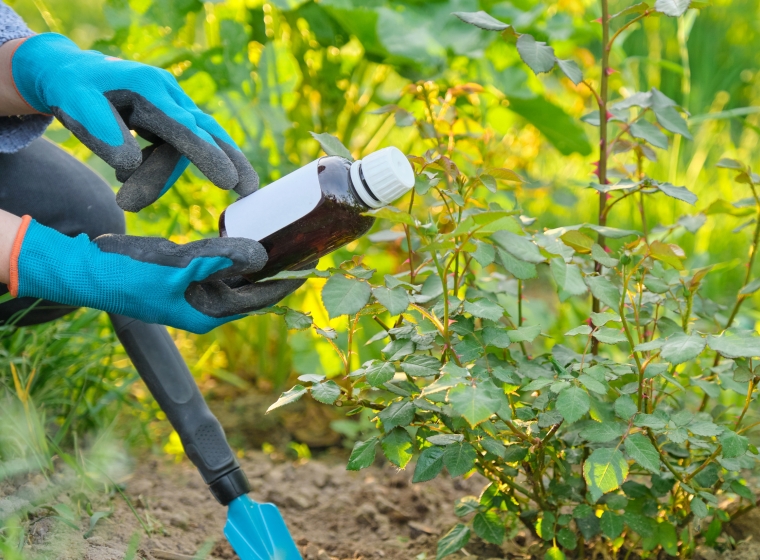
Environmental Modeling
Exposure modeling and related ecological assessments a priori to support submissions to the EPA and other regulatory agencies.
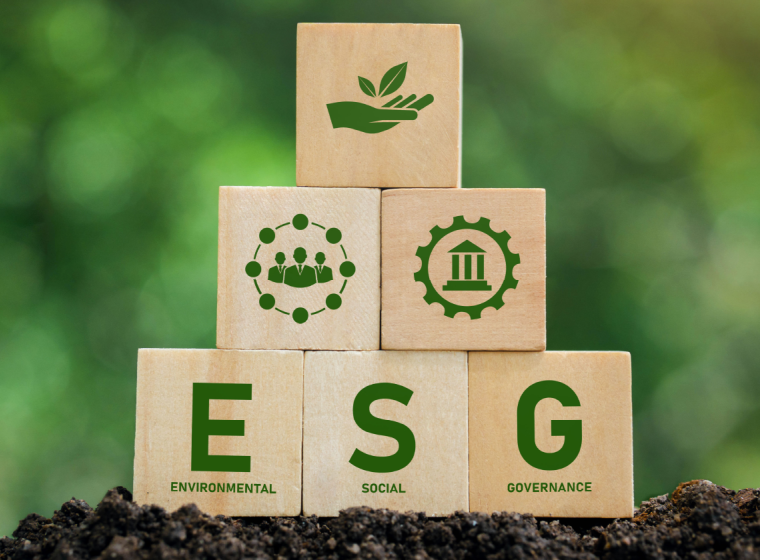
Sustainability
Meet changing sustainability regulations with rigorous science and experienced consulting services.
